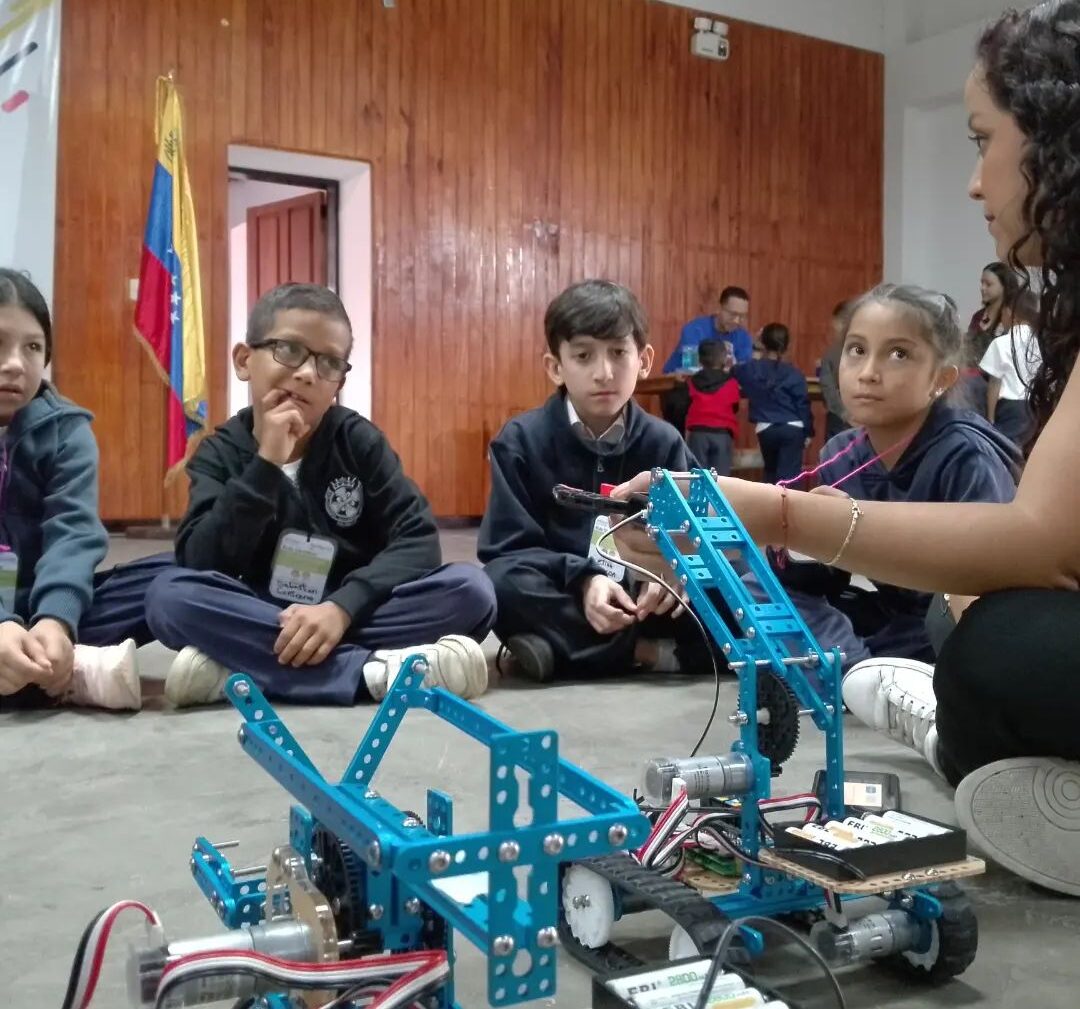Throughout history, Sciences played an essential role in the search for Hello And understanding between nations. However, this crucial role was not highlighted until 1986 during the conference International Week for Science and PeaceWhich was launched as a non-governmental initiative within the framework of the International Year of Peace.
Its success was so resounding that it became an annual celebration of the General Assembly United nations The celebration scheduled for each year is officially announced during the week of November 11. This year, from 9 to 15 November, several activities are being implemented aimed at promoting the study and dissemination of information on the links between scientific and technological progress and the maintenance of peace and security.
(You may be interested in: The European Space Agency discovered the green glow on Mars and it may light the way to the future)
Related topics
Among the many examples illustrating the close relationship between science and peace, I want to point out two specific cases, linked to the understanding of heaven and earth, one of which belongs to the past and the other located in our present context.
The first of them is Treaty of TordesillasSigned on June 7, 1494 between Spain and Portugal, it is a historical landmark that established the dividing lines between the areas of influence of the two colonial powers in the newly discovered lands during the Age of Exploration.
The historical context is framed in the arrival of Christopher Columbus in America and Vasco da Gama’s explorations around Africa. Both countries wanted to avoid conflict and establish clear rules for colonial expansion, and in an attempt to achieve this, clear rules for colonial expansion were established Pope Alexander VI A papal bull was issued in 1493 Between theseWhich granted Spain and Portugal the exclusive right to the discovered lands. However, due to the imprecision of the boundaries, it was necessary to reach a more detailed agreement.
It was the need to find an objective way to determine the boundaries of the territories claimed by both countries that made astronomy become an essential tool for determining a specific line of demarcation. It was known that Earth’s rotation It determines day and night, and astronomers of the time used tools such as astrolabes and quadrants to measure the height of the sun above the horizon. These measurements allowed geographical boundaries to be established based on longitude, since the local time of solar noon differs with it.
(Read also: Women who transformed science)
Although the treaty was not entirely effective in preventing conflicts, it marked the beginning of an era of international diplomacy based on scientific principles to define geographical boundaries and avoid territorial disputes.
The second example relates to space exploration, and in particular efforts to establish collaborations that have led us to transform imagination into reality. I specifically refer to International Space Station (EEI), one of the most impressive collaborative efforts in history, highlights the power of science and technology to unite nations in the pursuit of common goals. This giant orbital laboratory, which has been inhabited by astronauts of different nationalities for more than two decades, is a symbol of international cooperation in the field of space exploration.
Since its launch in 1998, the International Space Station has demonstrated how scientific cooperation can overcome borders and geopolitical differences, involving space agencies from different countries and developing science that benefits all of humanity. Research in microgravity, space biology, materials studies and space medicine These are just a few examples of how exploring the frontiers of human knowledge and space technology can have practical applications to address global challenges.
(Read also: They discover a twin galaxy to the Milky Way that changes the concept of the universe. Why?)
This International Week of Science and Peace, let us reflect on the essential contribution of science to building a peaceful future in Colombia. Science and sustainable development go hand in hand, but to fully reap their benefits, we must recognize the importance of strengthening our scientific institutions. In Colombia, science and peace are intertwined in a story of resilience and hope. Supporting science will be crucial in building a future in which knowledge transcends and unleashes its full transformative potential for the country.
Santiago Vargas
PhD in astrophysics
National University Astronomical Observatory
Other topics that may interest you:





